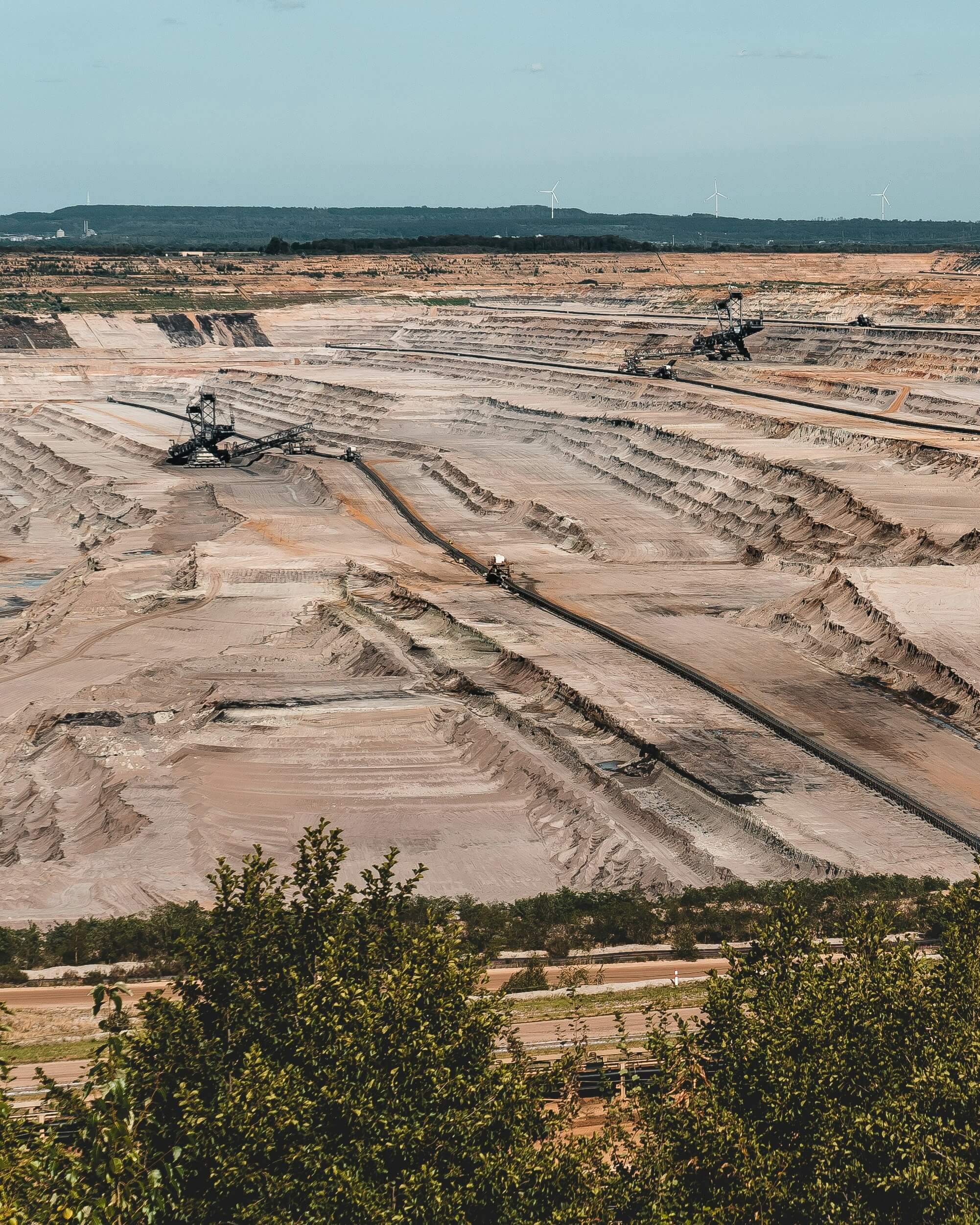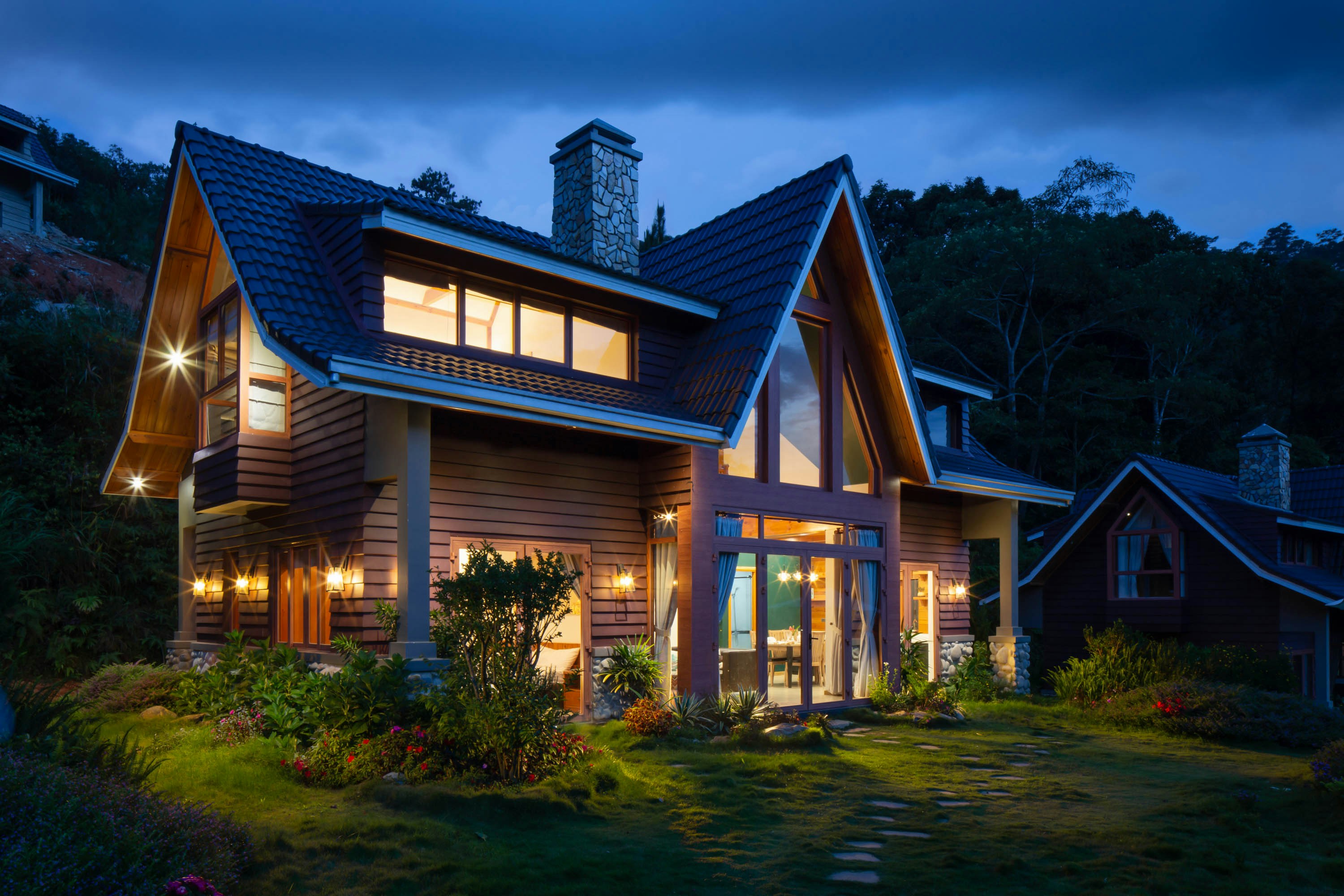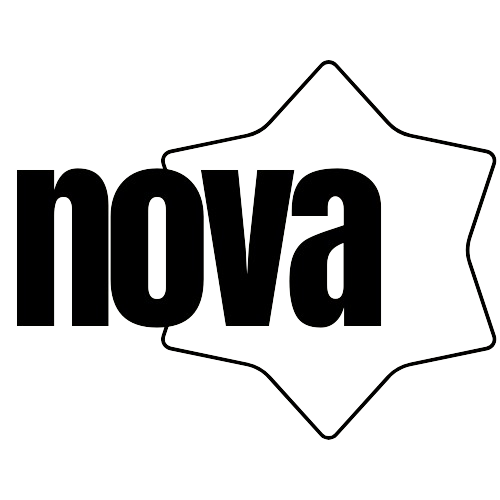Rebates and Incentives
Energy audits for homes
After January 1, 2023, if you make eligible energy-efficient home renovations, you can be eligible for a tax credit of up to $3,200. You are eligible to receive credit for enhancements performed up to 2032. For updates installed before 2022, use earlier iterations of Form 5695. Starting on January 1, 2023, the credit is equivalent to 30% of a number of eligible costs, such as: Installations of qualified energy-efficiency upgrades throughout the year Credit amounts and eligible costs Energy efficiency requirements must be met for house upgrades to be eligible. They have to be brand-new, never-used materials and systems. The following are the precise credit limits for some improvements.

Property Expensive; Residential
Both the maximum yearly credit and the maximum credit amount for specific categories of eligible expenses have limitations. Qualifying property placed in service on or before January 1, 2033, but before January 1, 2023, is eligible for the credit. The annual maximum credit you are eligible to claim is: $1,200 is allocated for energy property expenditures and specific energy-efficient house upgrades, with caps on windows ($600), doors ($250 each and $500 overall), and home energy audits ($150). $2,000 a year for boilers, stoves, or heat pumps that meet the requirements There is no lifetime amount cap on the credit. Up until 2033, you are eligible to claim the maximum yearly credit each year that you make qualifying improvements. There is no lifetime amount cap on the credit. Up until 2033, you are eligible to claim the maximum yearly credit each year that you make qualifying improvements. You cannot receive a larger credit than what you owe in taxes since the credit is nonrefundable. Any excess credit cannot be carried over to subsequent tax years.
Who is eligible?
For upgrades to your primary residence, you are eligible to receive the energy-efficient home renovation credit. The majority of your life is usually spent in your primary residence. To qualify for the energy efficiency home renovation credit, the house needs to be: Located in the United States An existing home that you improve or add onto, not a new home In most cases, the home must be your primary residence (where you live the majority of the year). You can't claim the credit if you're a landlord or other property owner who doesn't live in the home.
Using a home for business
You are not eligible for credit if you utilize a property only for business. The following credit is available for qualifying clean energy expenses if you use your home in part for business: Up to 20% for business use: full credit Use of business greater than 20%: credit given according to the portion of costs attributed to non-business use Frequently asked questions concerning residential clean energy property credits and energy-efficient home upgrades

Components of the building envelope
Building envelope components must be anticipated to last for at least five years in order to be eligible. Among the qualifying elements are new: Exterior windows and skylights that meet Energy Star Most Efficient certification requirements. Credit is limited to $600 total. Insulation and air sealing materials or systems that meet International Energy Conservation Code (IECC) standards in effect at the start of the year 2 years before installation. For example, materials or systems installed in 2025 must meet the IECC standard in effect on Jan. 1, 2023. These items don't have a specific credit limit, other than the maximum credit limit of $1,200.
